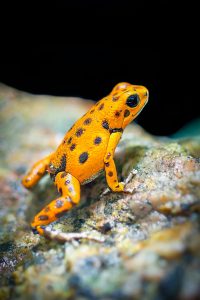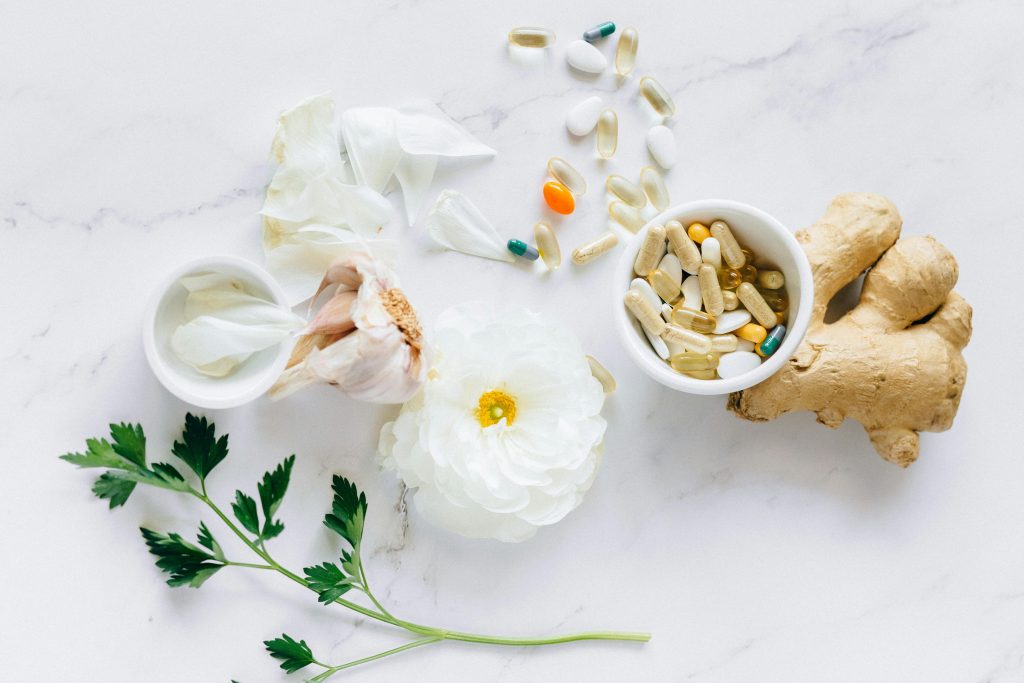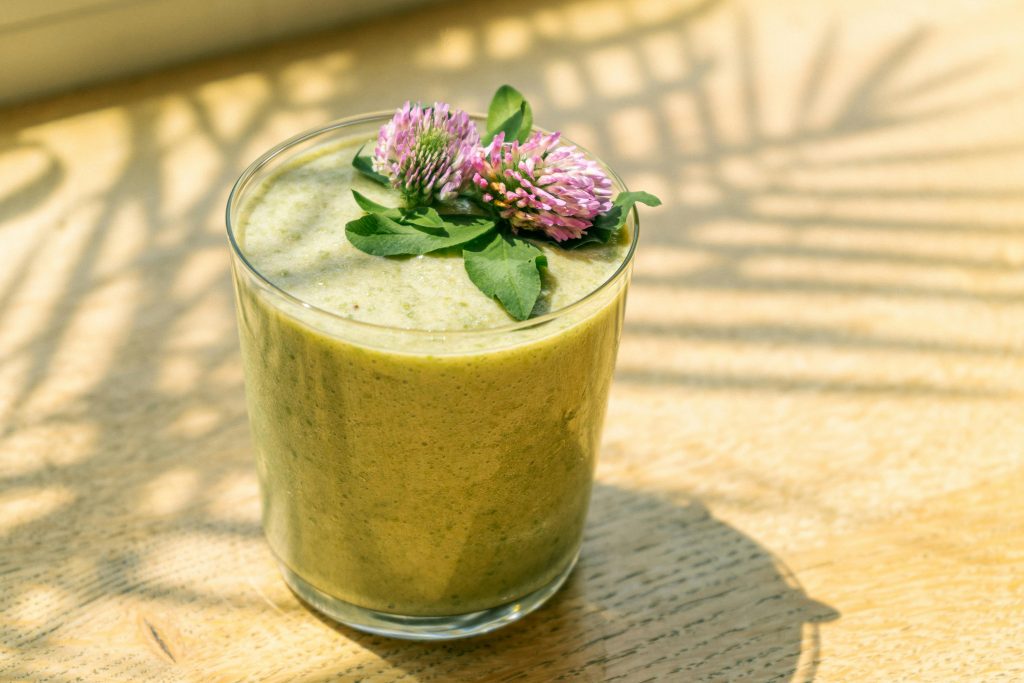Natural Products: Beautiful, Marketed, and Not Always Harmless
When you see the word “natural” on a label, what comes to mind? You might think of something healthy, pure, or gentle. Nature gives us clean air, fresh water, and beautiful forests, so it seems logical to assume that natural products would be better for us. But that’s not always the case.
Many people believe that natural products are safer or more effective than man-made (synthetic) ones. However, natural doesn’t always mean safe. And synthetic, or chemicals, doesn’t always mean harmful. Let’s take a closer look at what these words really mean—and why evidence matters more than labels.
🧪 What Do We Really Mean by “Natural” and “Chemical”?
Many people turn to natural products thinking they’re free from chemicals. The word chemical has become shorthand for synthetic, toxic, or artificial—something to avoid. But the truth is: everything is made of chemicals.
Your herbal tea? Chemicals.
The apple in your fruit bowl? Chemicals.
The air you're breathing right now? Also chemicals.
Even your own body is made entirely of chemicals.
Water (H₂O), oxygen (O₂), and iron (Fe) are all examples of naturally occurring chemicals essential for life. A chemical is simply a substance with a defined composition. It doesn’t mean something is dangerous—or unnatural.
Natural ≠ Chemical-Free
It’s a common misconception that natural products are somehow free of chemicals. But herbal remedies, plant extracts, and dietary supplements are often complex mixtures of dozens—or even hundreds—of chemical compounds. In some cases, we don’t even fully understand which of those compounds are active, or how they affect the body.
Some of these natural substances can be helpful. Others can be harmful. The fact that something comes from nature doesn’t guarantee its safety, effectiveness, or quality.
Nature Has Been Good to Us
While “natural” doesn’t guarantee safety, nature has undeniably played a key role in modern medicine. Many of today’s most important drugs were originally discovered in plants, fungi, and even bacteria.
Here are just a few examples:
In fact, over half of the medicines we use today have natural origins. But they’re not used in their raw form. And that's the crucial difference...
🚫 Natural Doesn’t Mean Risk-Free
When natural substances become modern medicines, they go through years of research and testing. Scientists determine safe doses, monitor side effects, and ensure quality from batch to batch. Natural products, herbs and supplements are products that may:
- Vary in strength from one capsule to the next
- Contain unknown or unlisted ingredients
- Lack scientific proof of safety or benefit
- Interact with medications in ways you might not expect
Nature’s Nastiest: When “Natural” Turns Dangerous
We often associate nature with healing, calm, and balance—and while nature does offer powerful tools for health, it can also be dangerous. In fact, some of the most toxic substances known to science are entirely natural.
Whether a substance is natural or synthetic, what truly matters is how it affects the body and the environment. Both types can be beneficial—or harmful—depending on the dose, the context, and the use.
Let’s look at a few examples:
Synthetic chemicals, like chlorine and isopropyl alcohol, are commonly used in disinfectants, cleaners, and hand sanitizers. While effective in specific situations, they can also irritate the skin, harm respiratory health, and pollute waterways. Used incorrectly or excessively, they’re not particularly kind to the human body—or the planet.
 On the other hand, some of nature’s own creations are far from harmless.
On the other hand, some of nature’s own creations are far from harmless.
Arsenic is a naturally occurring element found in soil and groundwater. In small amounts, it may go unnoticed—but at higher levels, it’s toxic and can increase the risk of cancer and other serious health issues.
Ricin, derived from castor beans, is one of the most potent natural poisons known. Just a small amount can be fatal.
Venoms from snakes, frogs, and insects are all natural—and often lethal in the wild.
Even substances we need to survive—like oxygen and iron—can become dangerous at high levels. Oxygen toxicity, for example, can damage the lungs and nervous system, while iron overload can lead to organ failure.
👉 So, what's the takeaway? Natural doesn’t mean harmless, and synthetic doesn’t mean bad. Everything depends on the chemical structure, the dose, and how it interacts with the body.
Popular, But Not Proven: Why Natural Products Still Need Scrutiny
Natural health products are often marketed as safer, more “gentle” alternatives to pharmaceuticals. But while the appeal is understandable, many of these products are not subject to the same regulations, testing, or quality control as prescription medications. So, what does that mean in practice?
-
The active ingredient may not be fully identified. In many cases, we don’t even know which chemical compound is responsible for the product’s intended effect—or if it’s effective at all.
-
The strength and composition can vary. Factors like soil conditions, climate, harvesting time, and which part of the plant is used can all influence the final product. As a result, the same supplement from the same brand may differ from one batch to the next.
-
Interactions with other medications are often unknown. Natural doesn’t mean harmless, especially when combined with prescription drugs. One well-known example is St. John’s wort, a popular herbal remedy for mild depression. While it may offer some benefit, it can also reduce the effectiveness of several medications, including antidepressants and birth control pills. It does this by speeding up enzymes in the liver that break down drugs, which can lead to sub-therapeutic levels in the body.
In short: Without proper testing and oversight, you could be taking something that’s too strong, too weak, or interacting with your other medications in ways you don’t realize. Or, you might simply be wasting your money on something that will never deliver the results you're hoping for.
3 Natural Products That Didn’t Live Up to the Hype
Some herbal products have been widely used—but failed to show results when tested in clinical studies:
1. Echinacea
Claim: Fights the common cold
Reality: Multiple studies have found little to no benefit. People taking echinacea didn’t recover faster or have fewer colds than those who didn’t take it.
2. Ginkgo biloba
Claim: Improves memory and brain function
Reality: A major study with over 3,000 older adults found that ginkgo didn’t prevent dementia or slow down cognitive decline.
3. St. John’s Wort
Claim: Helps with depression
Reality: While it may help with mild depression, it hasn’t shown clear benefits for major depression. It can also interact dangerously with many medications, including antidepressants and birth control pills.
✅ So, What Should You Do?
Here are a few ways to stay informed and safe:
- Do your research – Rely on trusted, science-backed sources
- Talk to your healthcare provider – Especially before adding supplements or herbal remedies
- Look beyond the buzzwords – Terms like “natural” or “clean” are not regulated and don’t guarantee safety
- Ask for evidence – Tradition doesn’t equal proof.
Nature has given us incredible tools for healing—but it’s not always gentle, and it’s not always safe. Whether a product is natural or synthetic, the most important question is: Does it work, and is it safe?
Let’s Keep the Conversation Going!
Did you enjoy this article? Have a topic you'd like me to dive into, or a claim you want me to fact-check? I’d love to hear your thoughts! Drop a comment below.



